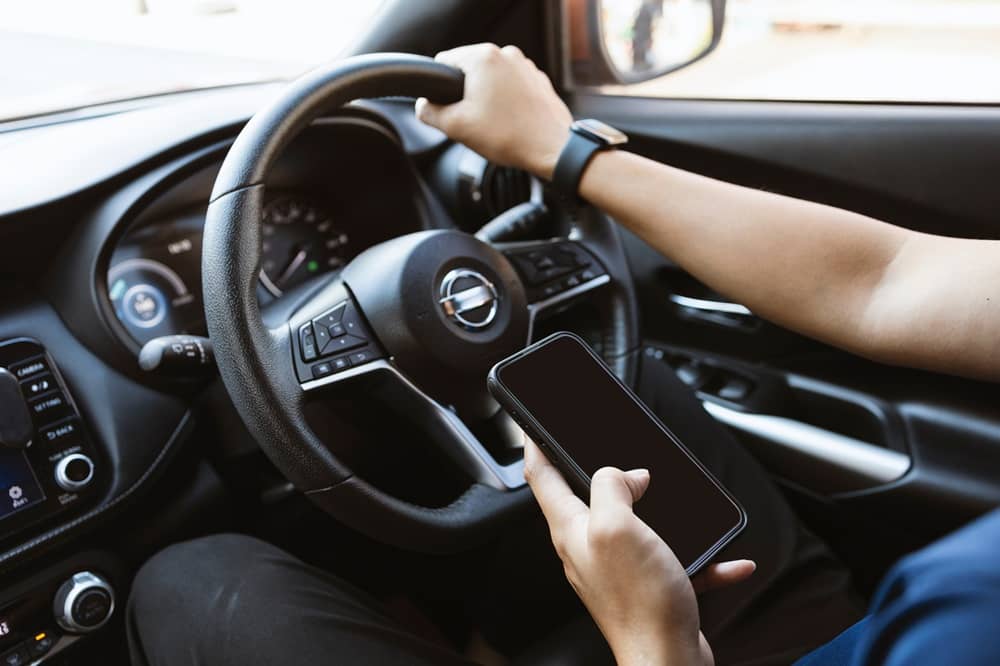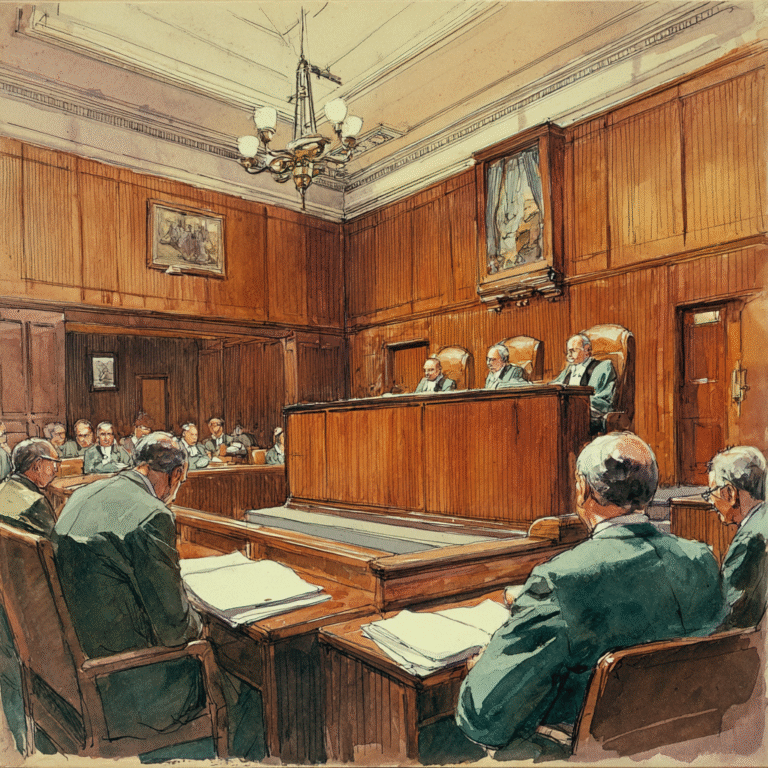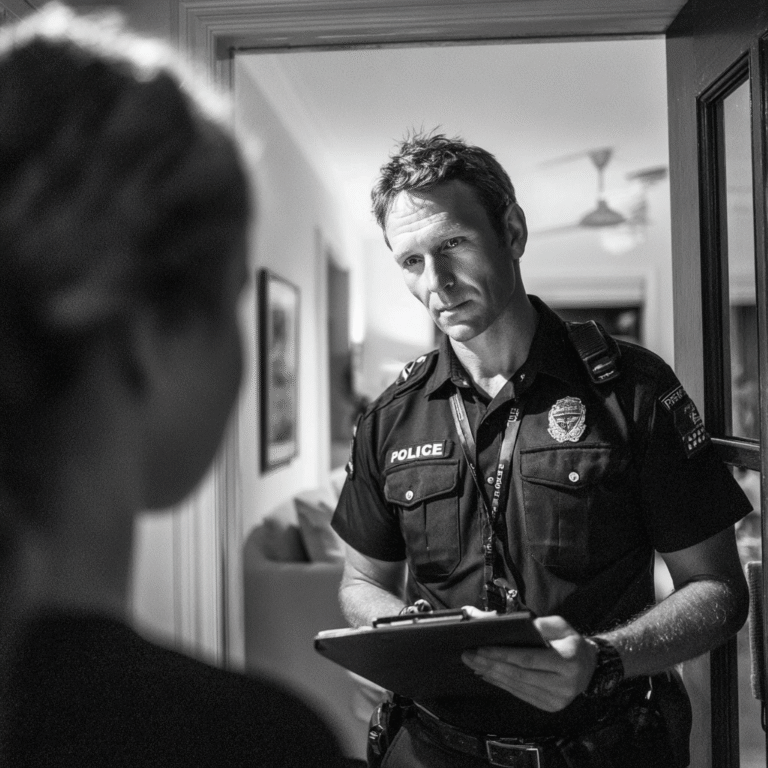Reckless and dangerous driving offences are some of the most serious traffic-related charges under Australian law. Unlike minor infringements such as low-range speeding or parking fines, these offences carry criminal penalties — and can significantly impact your freedom, licence, insurance, and employment.
Understanding the difference between reckless and dangerous driving, what the law requires, how courts assess risk, and your rights if charged is essential. This guide outlines how these offences are treated in each state, what to expect, and how Law Tram helps you connect with experienced traffic lawyers who can assist.
Quick Summary
What is Reckless or Dangerous Driving?
While often used interchangeably in everyday conversation, reckless driving and dangerous driving are legally distinct offences in many jurisdictions.
Dangerous Driving
Generally refers to driving that is objectively unsafe — even if the driver didn’t intend harm. It’s assessed based on whether a reasonable person would consider the behaviour dangerous in the circumstances.
Examples:
You don’t need to have meant to cause harm — it’s enough that your driving was objectively dangerous.
Reckless Driving
Often considered more serious, reckless driving usually involves a conscious disregard for the risk. The law looks at whether the driver knew the risk and chose to ignore it.
Examples:
The court will assess whether the driver’s behaviour showed “recklessness” — that is, an understanding that their driving could cause serious harm, and doing it anyway.
Key Legal Differences Between Reckless and Dangerous Driving
| Legal Aspect | Dangerous Driving | Reckless Driving |
| Intent | Not required — assessed on how dangerous the act was | Requires awareness or disregard of risk |
| Penalty Severity | Serious but may be less than reckless in some cases | Often carries heavier penalties |
| Common Charges | Causing danger through negligent driving | Street racing, fleeing police, high-speed DUIs |
| Proof Required | Prosecution must show driving was objectively unsafe | Must show driver knew risk and drove anyway |
In practice, some states use different terminology or group both under broader offences. That’s why understanding your local law matters — and why tailored legal advice is critical.
Penalties for Reckless and Dangerous Driving in Australia
Penalties vary widely depending on the state, but the key factors that influence outcomes include:
Potential Penalties
Aggravating Factors That Can Increase Penalties
When courts assess reckless or dangerous driving cases, they consider whether certain aggravating circumstances were present.
Common Aggravating Factors
Can Using a Mobile Phone While Driving Lead to a Dangerous Driving Charge?
In most cases, using a mobile phone while driving is treated as a separate infringement offence and carries fines and demerit points. However, if the distraction caused by mobile phone use leads to risky driving behaviour — such as failing to see a red light, swerving into another lane, or causing a crash — it may escalate to a dangerous or even reckless driving charge.

Drivers have been charged with dangerous driving in cases where mobile phone use has contributed to serious incidents, especially where injuries or fatalities occurred.
How Courts Assess These Offences
When deciding on penalties, magistrates or judges assess several factors:
They will also consider any mitigating factors, such as:
Reckless and Dangerous Driving Laws by State
New South Wales (NSW)
Reckless and dangerous driving offences are primarily covered under section 117 of the Road Transport Act 2013 and section 52A of the Crimes Act 1900 when the offence involves death or grievous bodily harm. Penalties may include:
Victoria (VIC)
In Victoria, section 319 of the Crimes Act 1958 covers dangerous driving causing death or serious injury. Other road offences fall under the Road Safety Act 1986. Penalties may include:
Queensland (QLD)
Section 328A of the Criminal Code 1899 defines dangerous operation of a vehicle, with harsher penalties where alcohol, speed, or injury is involved. Penalties include:
Western Australia (WA)
In WA, dangerous driving is dealt with under sections 59 and 60 of the Road Traffic Act 1974. Section 317A of the Criminal Code may also apply in serious cases. Penalties may include:
South Australia (SA)
Reckless or dangerous driving falls under section 46 of the Road Traffic Act 1961 and section 19A of the Criminal Law Consolidation Act 1935. Penalties include:
Tasmania (TAS)
Under section 32 of the Traffic Act 1925, dangerous driving offences carry penalties including:
Australian Capital Territory (ACT)
ACT uses section 5 of the Road Transport (Safety and Traffic Management) Act 1999. Penalties include:
Northern Territory (NT)
The Traffic Act 1987 (NT) and Criminal Code Act 1983 cover these offences, with penalties ranging from:
|
State |
Max Imprisonment |
Licence Disqualification |
Governing Legislation |
|---|---|---|---|
|
New South Wales (NSW) |
10 years |
Mandatory |
Road Transport Act 2013, |
|
Victoria (VIC) |
10 years |
Minimum 12 months |
Crimes Act 1958, |
|
Queensland (QLD) |
10 years |
Mandatory |
Criminal Code 1899 |
|
Western Australia (WA) |
10 years |
Immediate suspension |
Road Traffic Act 1974, |
|
South Australia (SA) |
15 years |
Minimum 1 year |
Road Traffic Act 1961, |
|
Tasmania (TAS) |
5 years |
Court discretion |
Traffic Act 1925 |
|
Australian Capital Territory (ACT) |
2 years |
Court discretion Road Transport (Safety and Traffic | |
|
Northern Territory (NT) |
5 years |
Court discretion |
Traffic Act 1987, |
What to Do If You’re Charged
Being charged with reckless or dangerous driving can be confronting — but acting early and strategically can make a major difference in the outcome.
Immediate Steps to Take
- Do not make statements to police without legal advice.
- Request a copy of all evidence, including the police report, CCTV or dashcam footage, and breath/drug test results.
- Book a consultation with a traffic lawyer — through Law Tram or directly — to assess your options.
- Gather relevant information, such as medical conditions, car servicing records, or weather data that could affect your defence.
- Start preparing for court: This may involve sourcing character references, evidence of your good driving history, or enrolling in a defensive driving course.
Can You Defend or Appeal a Charge?
Yes. Depending on the circumstances, you may be able to:
- Plead Not Guilty: If the facts are in dispute or the evidence is unreliable.
- Seek a Reduced Charge: A lawyer may negotiate with the prosecution to downgrade the offence (e.g. from reckless to careless).
- Apply for a Section 10 / Diversion Program (where available): Avoiding a conviction if circumstances justify it.
- Appeal the Outcome: If you’ve already been convicted, you may appeal the conviction or sentence if errors occurred.
Common defence arguments include:
How Law Tram Can Help
Traffic offences can escalate quickly — from a simple stop to criminal charges. Law Tram makes it easier to understand your rights and take the next steps confidently.
Our platform connects you with licensed Australian traffic lawyers who can:
All initial consultations are secure and confidential. You’re under no obligation to proceed.
Need to speak with a lawyer?
Our experienced lawyers are here to help you understand your legal rights and options. Contact us for a confidential discussion about your situation.

















